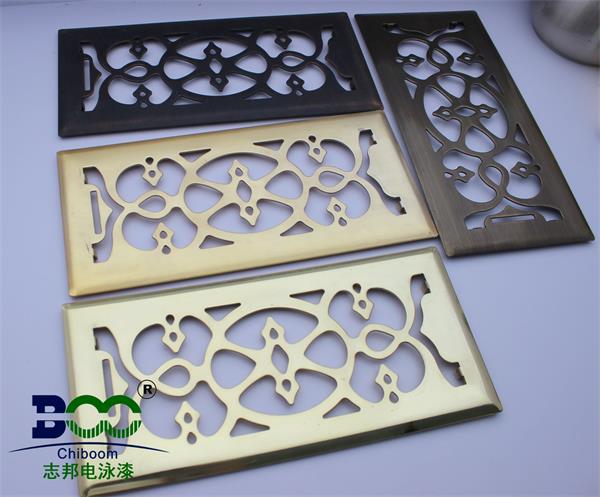What are the main aspects of defects in electrophoretic paint?
Electrophoretic paint, as an advanced coating technology, has been widely used in various fields such as automobiles, home appliances, and hardware. However, despite its many advantages like uniform coating and strong corrosion resistance, it also has some noticeable defects in practical applications.
Firstly, the defects of electrophoretic paint are prominently manifested in the performance of the coating. Sometimes, the electrophoretic paint coating may exhibit defects such as pinholes and bubbles, which not only affect the aesthetic appearance of the coating but also potentially reduce its corrosion resistance. Moreover, the physical properties of the coating, such as hardness and wear resistance, may also fail to meet the expected standards due to quality issues of the electrophoretic paint.

Secondly, there are also some defects in the application process of electrophoretic paint. For instance, electrophoretic paint has high requirements for the application environment; if the temperature and humidity of the environment are not properly controlled, it may lead to defects in the coating such as orange peel and sagging. Meanwhile, the application process of electrophoretic paint is relatively complex, requiring professional equipment and technicians, which undoubtedly increases the difficulty and cost of application.
Furthermore, electrophoretic paint also has limitations in terms of color and gloss. Compared to other coating technologies, electrophoretic paint offers a relatively limited color selection and is difficult to achieve high gloss. For products with special requirements for color and gloss, this may not meet their needs.
In addition, electrophoretic paint also has defects in terms of repairability. Once the coating is damaged, it is relatively difficult to repair. This not only increases maintenance costs but may also affect the overall aesthetic appearance and performance of the product.
Finally, there are also some environmental issues associated with electrophoretic paint. Although electrophoretic paint itself is an environmentally friendly coating, it may generate harmful substances such as wastewater and exhaust gas during production and use. If these harmful substances are not properly treated, they may lead to environmental pollution.
In summary, the defects of electrophoretic paint are mainly manifested in the aspects of coating performance, application process, color and gloss, repairability, and environmental impact. However, this does not mean that electrophoretic paint is an undesirable coating technology. With the continuous advancement of technology and the improvement of processes, it is believed that the defects of electrophoretic paint will be effectively overcome, and its application in more fields will become more widespread. Meanwhile, for users, understanding these defects and taking corresponding measures to prevent and address them is also key to ensuring the effectiveness of electrophoretic paint coating.





 WeChat
WeChat